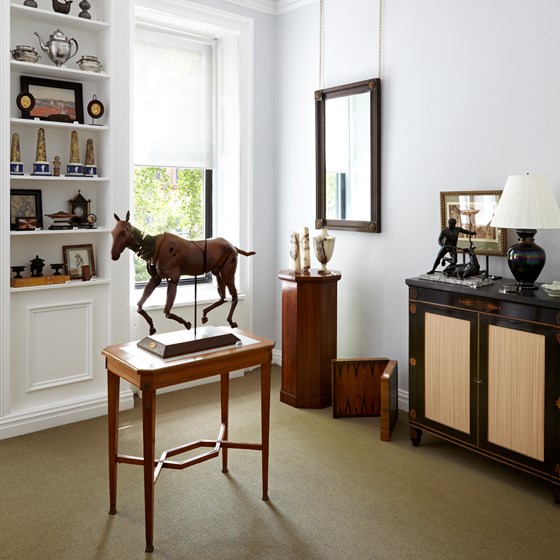
Cove Landing
A1
18th and 19th-century European furniture and unusual works of art.

New York ,
New York
10021
United States

 covelanding@gmail.com
covelanding@gmail.com

